Messier object: M13 (Hercules Globular Cluster)
Star Cluster: IC 4665
Stars: Alcor, HD 116798, Mizar
Location: Home
Date: 2022-07-30/31
Time: 10:00 PM - 1:30 AM ADT
Equipment: EVOSTAR 80ED + 25 mm & 9.7 mm eyepieces
Transparency: Very Good (4)
Seeing: Very Good (4)
Temperature: 17º C - 16º C
SQM: 19.72
No cloud, light breeze. Dew had already set in but hand warmers were applied to the scope and finder scope. Mosquitos to start the evening. Jackets not required for much of the evening. This was a session to hopefully overcome the alignment challenges experienced at Kejimkujik the weekend before (don't ask). Success with North level alignment, although it did require some minor slewing to centre the stars before saying 'yes, that's it'. I also had a new dual-circle reticule finder scope with which I practised 2-eye vision (just as Blair suggested years ago that I try).
The goals I set for this evening were to hopefully view some Messier and/or some of the DSOs in the now defunct constellation Taurus Poniatovii ("Poniatowski's Bull") - thanks, Dave, for showing me the Briaan Ventrudo article in Sky & Telescope (A Visit to Taurus Poniatovii). Success on both counts - not overwhelming success, but success nonetheless. I stayed out until 1:30 before taking down and after attempting to find a few other items in Taurus Poniatovii without siuccess. I would have been out a lot longer had we not been heading to the Valley tomorrow for a day at the beach.
|
Mizar (ζ Ursa Majoris) - Alcor (80 UMa) and HD116798 I then switched out the eyepiece for 15 mm and used that view to sketch what was seen. I could actually see Mizar's ζ1 Ursa Majoris and ζ2 Ursa Majoris separated, one slightly larger and consequently seemingly brighter than the other. Interesting that the jury is still out as to whether these are a visual double or whether they are in fact gravitationally bound. |
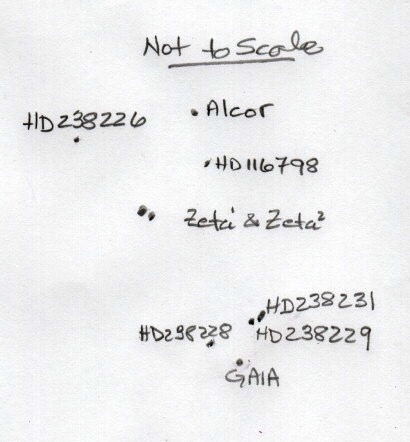
|
|
IC 4665 (in the asterism Taurus Poniatovii) History of Taurus Poniatovii: |
|
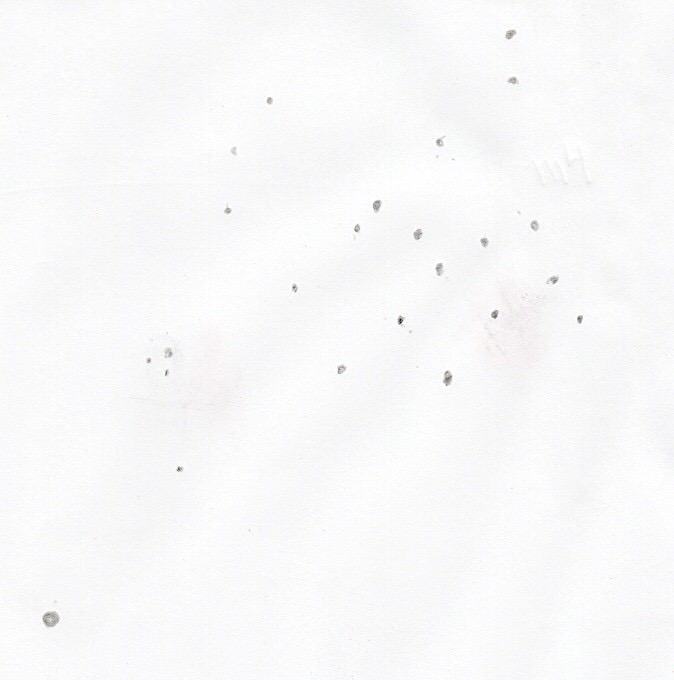
|
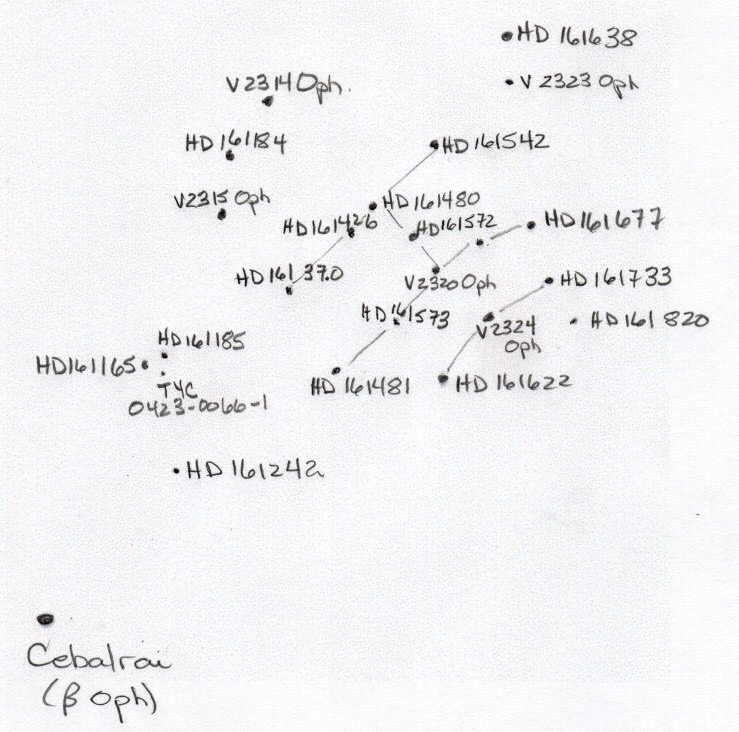
|
|
M13 (Hercules Globular Cluster) Using the 2-eyed vision through the finder scope, I had to slew to where I thought M13 was located a little below the line between η Herculis and ζ Herculis. Close. It was in the upper right quadrant of my 25 mm eyepiece FOV. There was a bright star above it, a semi-circle of stars in the left FOV, and a triangle of stars to its upper right where one star was either a double or just had an optical double. After sketching the 25 mm view, I inserted my 9.7 eyepiece for a completely different view. I could see the core was quite dense and there was a lighter area around its perimeter. There was a crescent of stars adjacent to it that I could not identify and a bright star in the upper right quadrant (maybe HD 150998). |
|
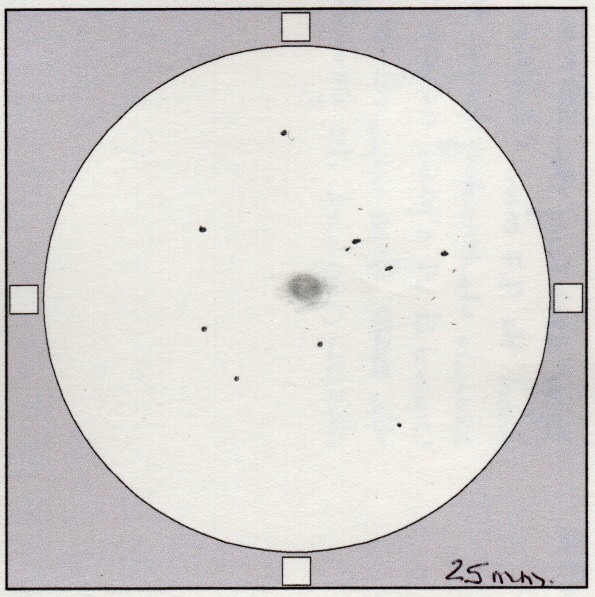
|
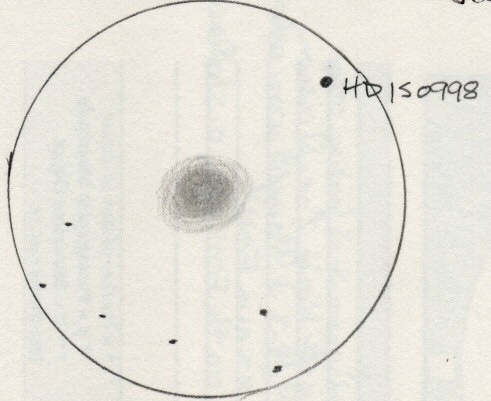
|